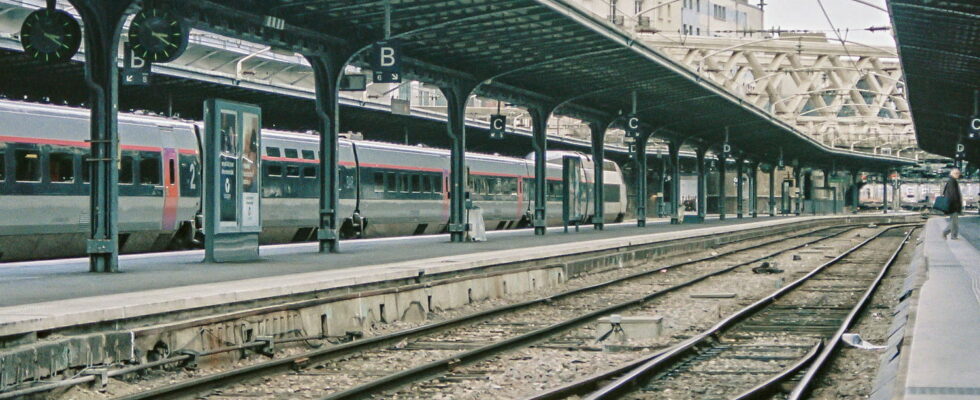An unusual trip, under the tracks of a large Parisian station, hidden from view, could well be the subject of your next family getaway. This one won’t cost you a cent and takes place once a month, so don’t miss out.
Parisian train stations are places of passage that we pass through without really stopping there. However, behind the crowded platforms, unsuspected secrets are hidden. Did you know that in the basement of one of them there is an unusual museum, ideal for a family outing? It is in this underground maze that you will discover a universe contrasting with the hustle and bustle of the capital… all in miniature!
Beneath this station, a world in miniature is revealed. Unique in its kind, this museum covers more than 400 m² and houses an impressive collection of miniature trains. You will find no less than 600 meters of railway tracks, tunnels dug in miniature mountains, reconstructed cities, green fields and even level crossings. It is all there, meticulously reproduced, with incredibly precise details.
The passionate volunteers who run this museum devote hours to maintaining this goldsmith’s work. Everything you will see there has been done by hand. The station masters, the points, the high-voltage lines: you will witness a real immersion in the railway domain. To emphasize the playful spirit of the visit, this place is animated, you will be able to see trains moving, its light signals changing from green to red, and even public lights coming on at nightfall.
The place, although unusual, is also an educational place, where young and old will learn the history of the railways. The museum is run by members of the AFAC (French Association of Friends of the Railways), who know the subject inside out. Passionate about the railway world, they will guide you throughout the visit, explaining how the trains work, the evolution of the infrastructure, and how the railway network has shaped the country.
Volunteers will be sure to remind you that the first French railway line opened in 1827, connecting Saint-Étienne to Andrézieux, and since then, the network has continued to expand to become what it is today. In short, to find out more, come every first Saturday of the month to level -1 of the Gare de l’Est in Paris.
